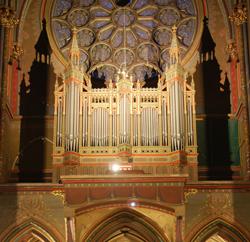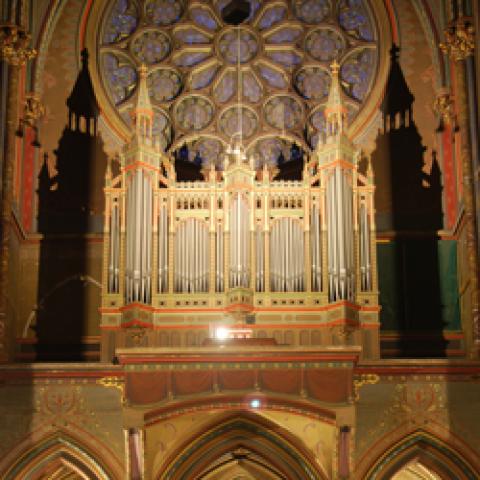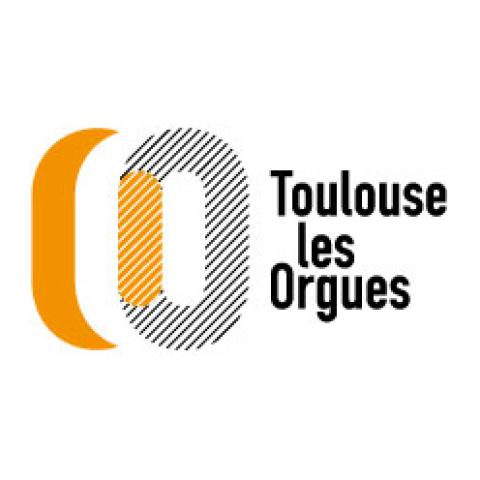
The annual organ festival Toulouse-les-Orgues will take place this year from October 2–12 in and around Toulouse, France. The festival offers more than 30 concerts on notable organs of the area, including the well-known Cavaillé-Coll in the Basilica of Saint-Sernin.
“The organ in the city” is the theme chosen by the new artistic director, Swiss organist Yves Rechsteiner. Festival events will explore the history of the organ in society—its central place in church, popularity in the concert halls, and later in cinema. During the festival people will have access to the organ lofts and be able to play some of the organs.
Events will include recitals by Jean Guillou and Bernhardt Haas, Fauré’s Requiem in a version for two organs and more than 100 singers in St. Sernin, and Jongen’s Symphonie Concertante with the Orchestre du Capitole. Improvisation on movie themes, cine-concerts, organ and circus, organ sounds in electro music, Vivaldi and C.P.E. Bach organ concerts, Renaissance consort with table organ, and even a Frank Zappa work arranged for organ and percussion will be presented.
Toulouse les Orgues can offer information about concert tickets or advice for accommodations and dining. For information: info@toulouse-les-orgues.fr.




